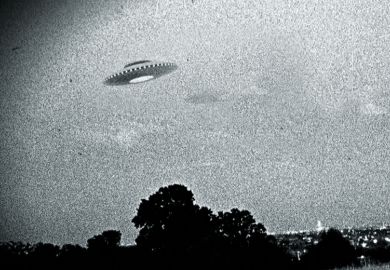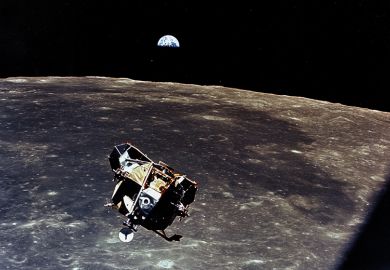Scientists said the first direct imaging of a black hole, a feat that required an Earth-sized telescope, could not have been obtained without planetary-scale cooperation.
The eagerly anticipated image, which captured headlines around the world, shows the “event horizon” – the point at which nothing can escape, including light – around a black hole at the centre of the Virgo A galaxy, 55 million light years away.
The cosmic giant has about 6 billion times the mass of our sun and the diameter of our solar system. Nevertheless, it required a network of eight radio telescopes – in Arizona, Mexico, Spain and the South Pole, with two each in Chile and Hawaii – to capture its likeness.
“Basic physics tells us that the larger a telescope is, the smaller the details one can observe,” said Richard de Grijs, an astrophysics professor at Sydney’s Macquarie University. “With a truly Earth-sized telescope, the Event Horizon Telescope team took the ultimate picture.
“This could only have been achieved by collaborating internationally, by putting science on a pedestal irrespective of political, religious or other controversies. Once again, this team has proven that science diplomacy is a viable means of bringing people together to work on common goals while overcoming numerous challenges against almost insurmountable odds.”
Astrophysicists hailed the image’s release as another pivotal moment for their discipline, following the detection of gravitational waves in 2015, and a further demonstration of Albert Einstein’s theory of general relativity.
“While we know black holes exist thanks to hearing their collision through gravitational waves, seeing is believing,” said Swinburne University of Technology astronomer Alan Duffy.
Ilya Mandel, a professor of theoretical astrophysics at Monash University, said the black hole was “a monster, but a very law-abiding one, precisely following the rules laid out by general relativity”.
The University of Canterbury said the image had also followed the rules laid down by one of New Zealand’s most celebrated sons, Roy Kerr, who in 1963 found an exact solution to the Einstein field equation of general relativity when he defined the space outside a rotating black hole.
“The EHT photo is just the beginning of a new phase in the understanding of our universe,” Professor Kerr said. “The visual evidence will continue to get more and more sophisticated.”
Scientists also highlighted the technical precision required to capture and analyse the data. “The EHT team used radio telescopes thousands of kilometres apart and lined up the signals they receive to around a millionth of a millionth of a second,” said Swinburne astrophysicist Adam Deller, who developed instrumentation used in the data analysis.
“If your digital camera were this good, you could take a photo of a person hundreds of kilometres away and make out individual strands of hair on their head.”
POSTSCRIPT:
Print headline: It takes a planet to take a picture of a black hole
Register to continue
Why register?
- Registration is free and only takes a moment
- Once registered, you can read 3 articles a month
- Sign up for our newsletter
Subscribe
Or subscribe for unlimited access to:
- Unlimited access to news, views, insights & reviews
- Digital editions
- Digital access to THE’s university and college rankings analysis
Already registered or a current subscriber?











